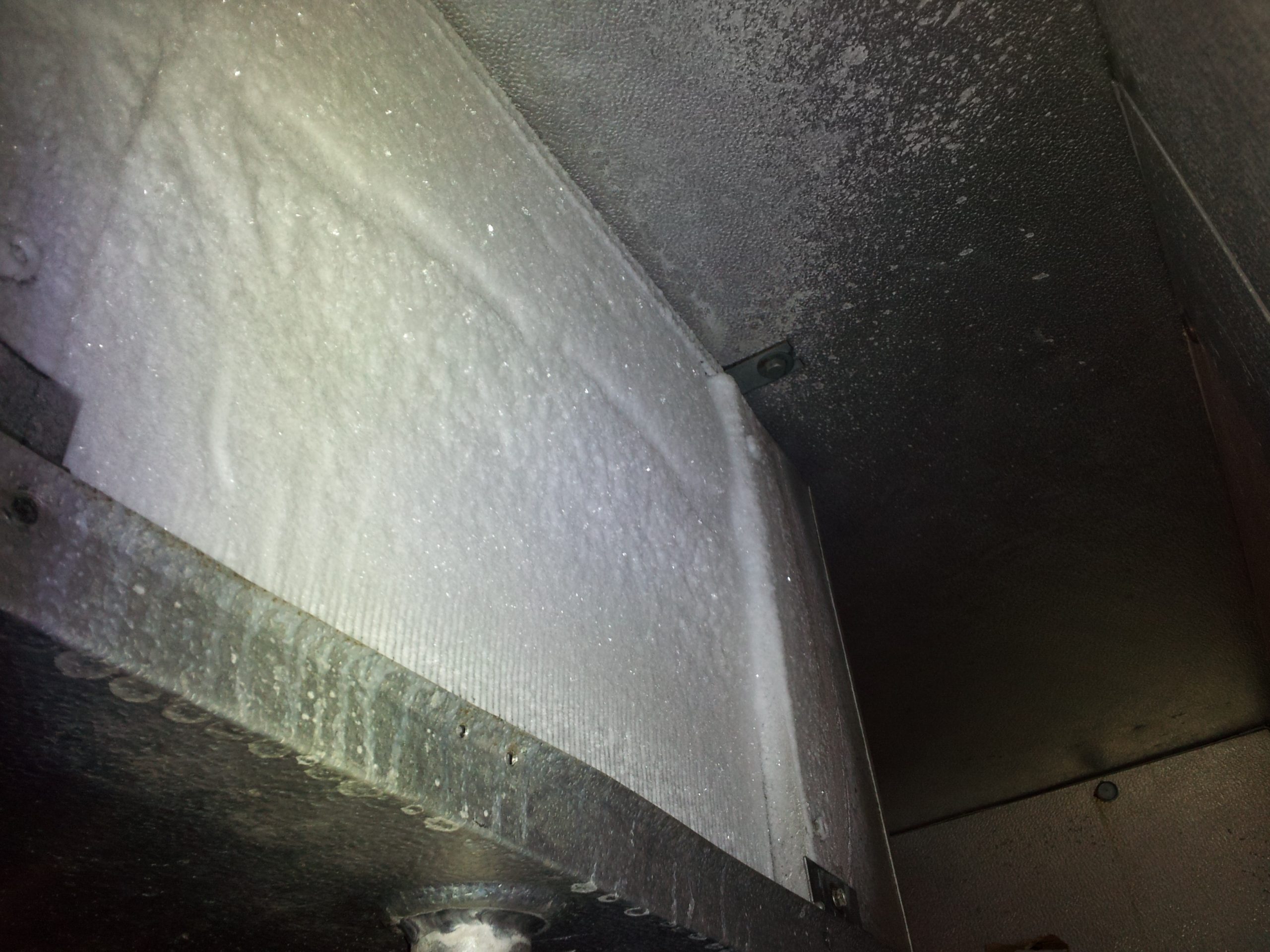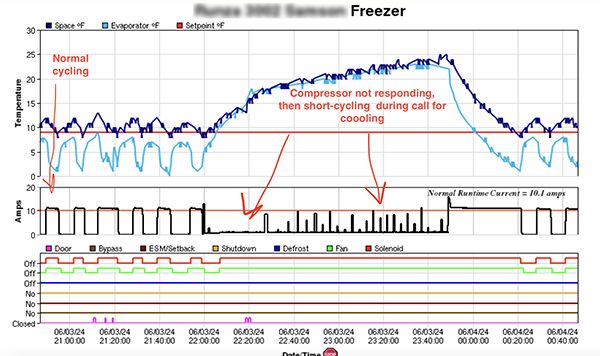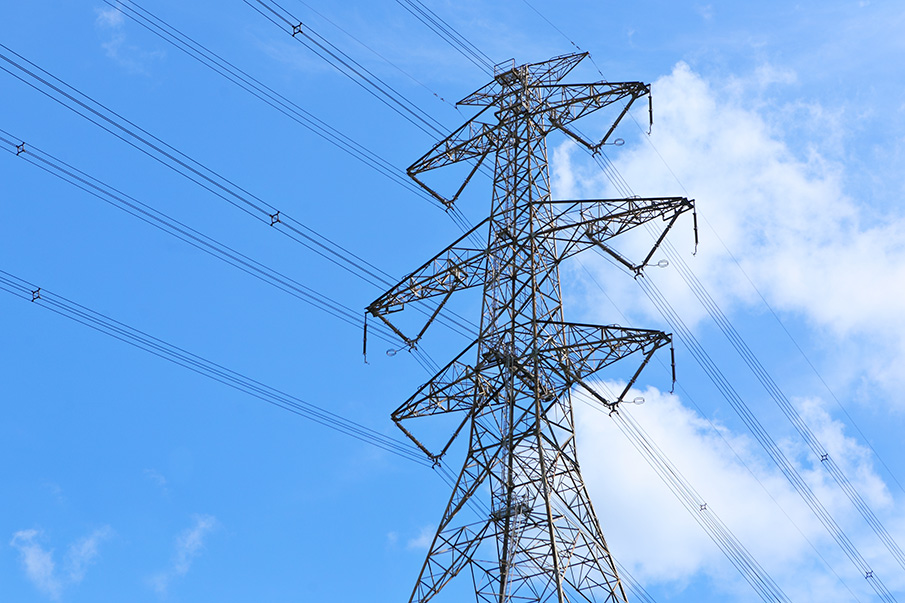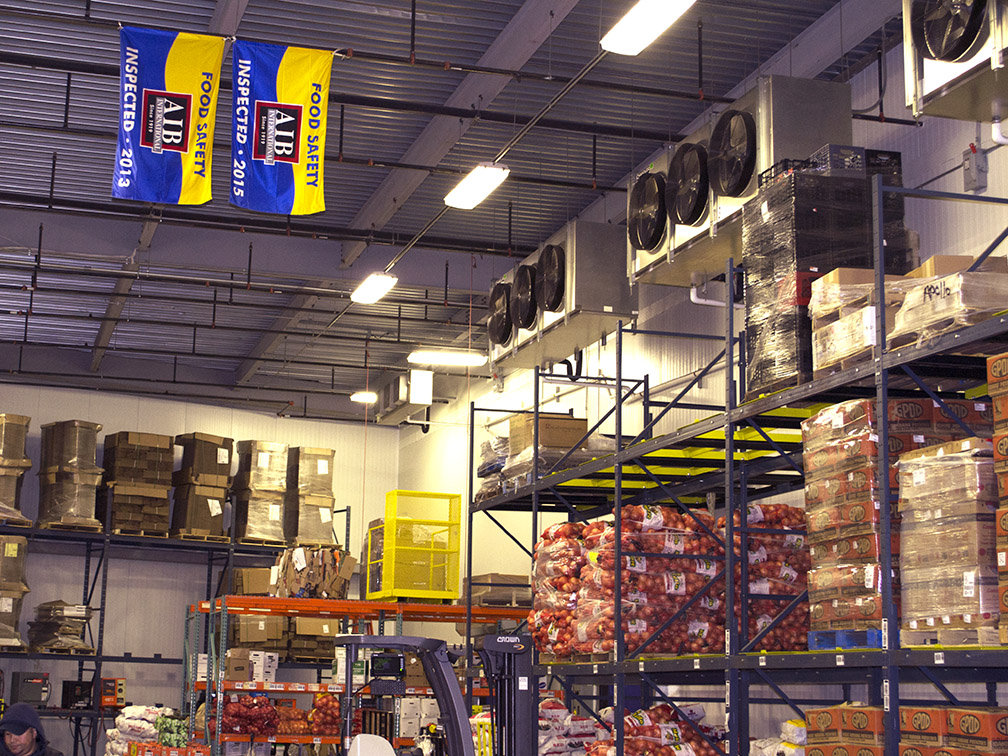If you own a commercial walk-in freezer, but aren’t really sure how it works [other than keeping products frozen] you may not be aware of a hidden energy consuming monster called electric defrost, a common defrost method for commercial walk-in freezers.
Here is a basic run down—there are defrost heater elements (similar to the elements used in electric water heaters) located within the coils of your freezer evaporator units. These heaters are controlled by a time clock and turn on during certain times of the day, usually four times for 30-45 minutes each cycle.
Why do you need to defrost your walk-in freezer?
Since there is humidity in the air, these electric heaters are necessary to help your refrigeration system run efficiently. Each time you open the entry door or the display doors of a walk-in freezer, humidity enters the walk-in freezer. The humid air freezes around the evaporator coil.
Here’s another way to think about it: have you ever been at a mid-summer cookout and your ice cold beverage starts to sweat? This is known as condensation. Condensation happens when air vapor is cooled past the dew point level and the water in the air condenses on the cold element. In this example, the cold element is your beverage can. In a freezer, the cold element is your evaporator coil.
When warm, moist air is introduced into a freezer, it rushes to the coldest spot—the evaporator coil. Once that air hits the cold evaporator, water in the air condenses on the evaporator coil. After a period of time, the condensate in the freezer is going to ice up.
Ice build-up on the evaporator coil could start to obstruct airflow across the evaporator coil. This hinders the ability for cold air to move around your freezer. It also negates the ability for air to flow across the evaporator and refrigerant to absorb the heat. This decreases efficiency because your refrigeration system has to use more energy to maintain the desired temperature. It can also cause liquid refrigerant to slug back to the compressor and ruin it.
To sum this up, you need to defrost ice build-up on the evaporator coil in order to maintain a clear coil. Clear coils help maintain system efficiency and longevity of your refrigeration equipment.
If introducing heat into a freezer sounds counterproductive—you’re on to something! There are potentially better ways to do it than how you are doing it now. So, stay tuned, because over the next series of blog posts we’ll talk about how much electric defrost costs, and how to improve it—to save energy.




